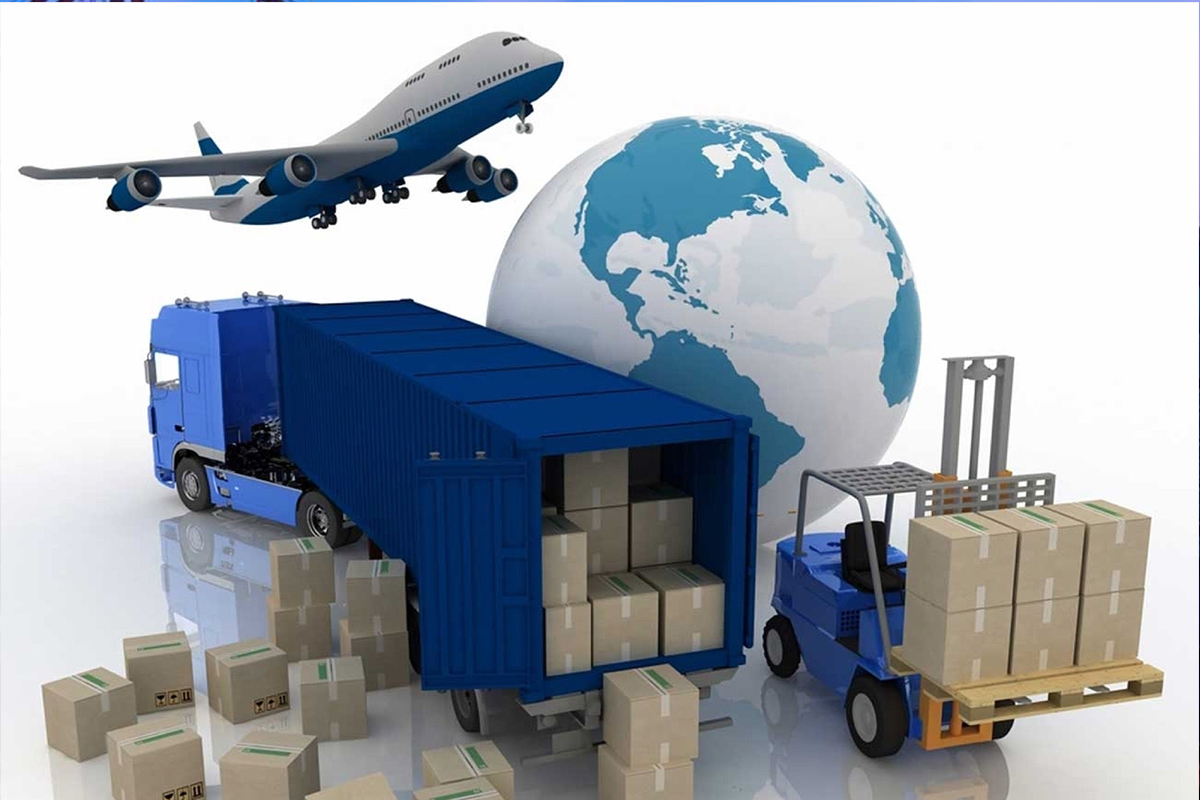Once a distant vision that few organizations could attain, the digital supply chain has come into full focus as companies across all industries adopt the technologies, re-imagine their processes and embrace the changes necessary to orchestrate an end-to-end digital supply chain. This can mean different things depending on the organization—some are further along on this journey than others—but the end goals of eliminating waste, increasing efficiencies and improving the bottom line are fairly constant.
Credit the recent supply chain disruptions and the associated challenges with driving some of the latest progress on the digital front. In response, advancements in technology, customer requirements and vendor ingenuity have all come together to birth a host of new solutions and software that address shippers’ most pressing problems.
And while the digital supply chain was already taking shape well before the pandemic emerged in 2020, this singular event has proven to be the catalyst needed to get more organizations on board with the idea.
“We’ve definitely seen an uptick in interest in the digital supply chain,” says Howard Turner, director of supply chain systems at St. Onge Company. Companies that are grappling with the high volume of e-commerce orders, for example, are investing in more warehouse automation and related tools that help them manage this influx. Many of the same companies are also dealing with massive labor constraints—yet another driver of digital supply chain investment this year.
In most cases, Turner says shippers are using a discerning eye when shopping for warehouse automation and other solutions, and most want to see specific, proven use cases before they’ll hit the “buy now” button.
“Companies want to understand what the use cases are and where automation makes the most sense for their operations,” Turner explains. “They also want to know what the return on investment (ROI) looks like and are ‘dipping a toe in the water,’ so to speak, versus just doing broad [technology] rollouts across their operations.”
Companies are also looking to the technology vendors for more comprehensive solutions that tie together in a “control tower” format, versus just working independently of one another.



